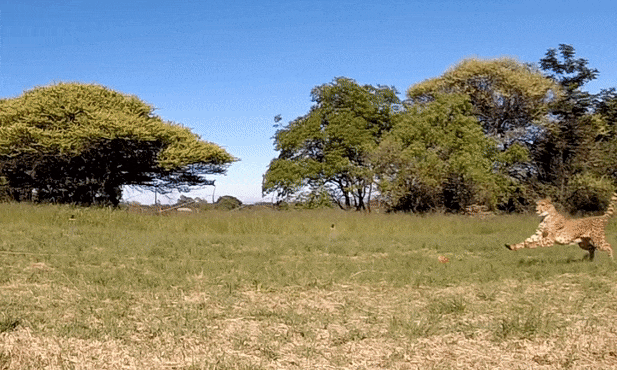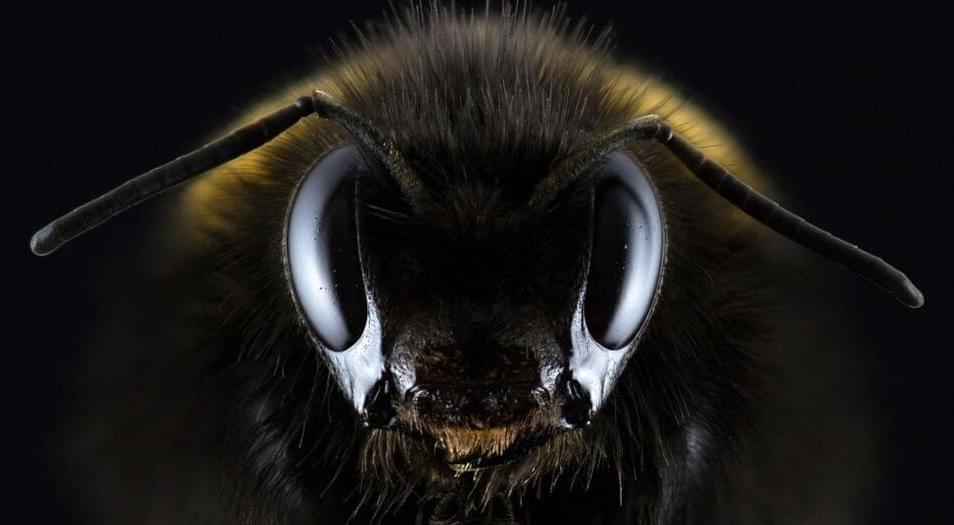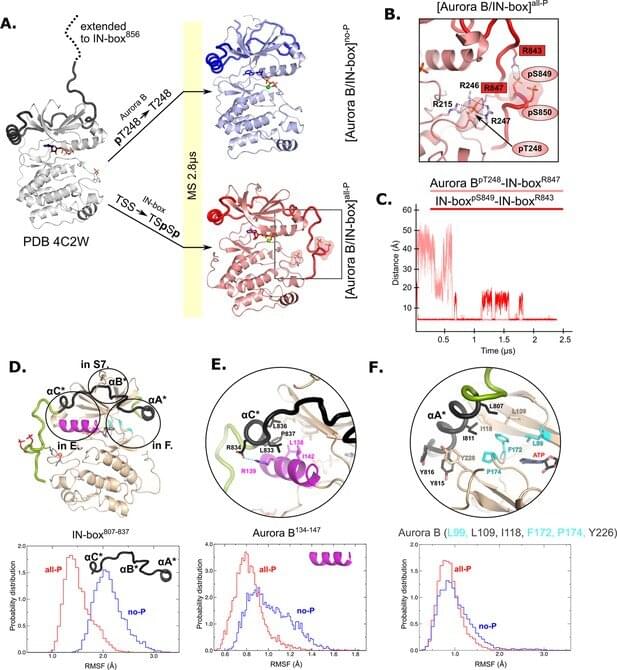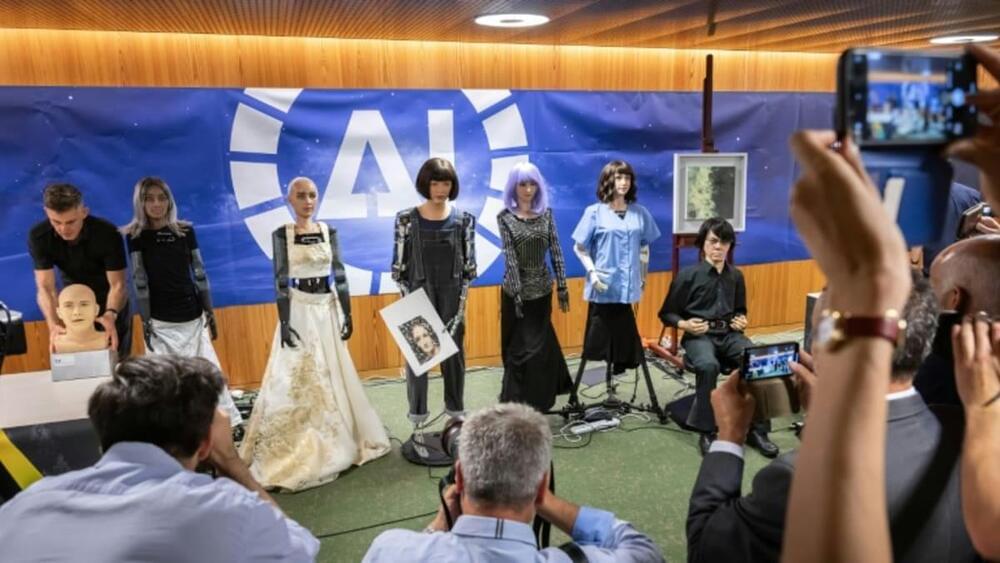EPFL researchers have developed a 100% effective, ultra-thin active noise cancelling system that uses an ionized air plasma propulsion system instead of speakers. A 17-mm-thick (0.6-in) layer can block 20 Hz noise as well as a 4-m-thick (13-ft) wall.
If you know how active noise cancellation works, then skip ahead. Essentially, the sound waves we hear are pressure waves in the air around us. Speaker cones are big, lightweight membranes designed to push air around in precise patterns to create those pressure waves, either in the form of pleasant music, or whatever it is the kids are listening to these days.
Active noise cancellation (ANC) is the idea of measuring those pressure waves with a microphone, then generating the exact same pressure waves in reverse, and playing them through a speaker. Pressure is taken away from the positive pressure peaks, and added to the negative pressure troughs, and the new wave more or less scrubs the old wave out of existence.







